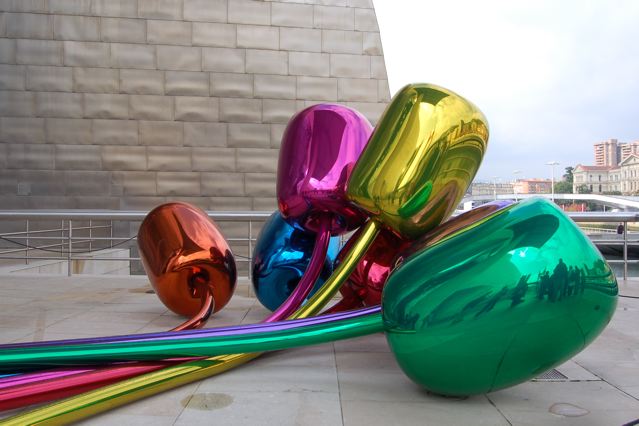The original 1977 Abigail’s Party, starring Alison Steadman as Beverley, is so firmly rooted in our minds that it takes a brave company to re-launch it and an even braver lady to try and step into her shoes. In the current touring Theatre Royal Bath and Chocolate Factory production, Hannah Waterman throws her very heart and platform shoes into the role.
She portrays wonderfully the outrageous suburban housewife who is brash, luscious, gregarious and ‘up for it’, but who also has a vicious tongue that is particularly wicked after a few G & T’s.
The current production went down a storm on its first night at the Yvonne Arnaud Theatre, Guildford. Of course the audience were very much the ‘right age’ to relate to the 70’s decor, the pineapple and cheese on sticks, the novelty of olives, and music from Demis Roussos and James Galway.
Beverley’s husband Laurence was played captured by Martin Marquez. As he lovingly selected various LP’s to entertain his guests, you could see the eyes of the audience moisten with happy memories. How wonderful it was to have shelves stacked with LPs, carefully arranged in alphabetical order, the careful process of selection and the scapegoat of reading the LP cover when you couldn’t think of anything to say. There’s something about I-Tunes and Spotify that lacks that tactile satisfaction.
But back to the play....
The cast are all all good. Beverly’s neighbour Angela is beautifully played by Katie Lightfoot, who chatters non-stop, fidgets and tries so uber-hard to please. She irritates the hell out of her smooth husband Tony, or Tone as Beverly likes to call him. Samuel James, as Tony, has very few lines but manages to draw guffaws of laughter from the crowd just by saying a long “Yeahh” or sprawling across the chair as he makes seductive advances to Beverly.
And finally, the rather nice neighbour Sue, whose daughter “Abigail’ is having a party, is brilliantly played by Emily Raymond. Very ‘proper’ in relation to her more brash neighbours, keen to remain poised and polite, she is somehow floored by downing far too many G & T’s pressed upon her by the generous but wicked Beverly.
Mike Leigh’s plays are all about the dialogue and the cast and this cast deliver their lines fast and furiously, with all the colour and characterisation that he would have expected. There’s not much of a plot, but it doesn’t seem to matter, the sheer entertainment of watching these characters move from tense beginnings, through humour and anxiety to the final climax is sharply drawn.
Hastily thrown together by Mike Leigh when another play at Hampstead Theatre was cancelled back in the 70’s, Abigail’s Party was an instant success and it is still thoroughly entertaining today. Great dialogue simply doesn’t age.
Abigail’s Party is at the Yvonne Arnaud Theatre until Saturday, March 30th. Box office 01483 440000www.yvonne-arnaud.co.uk




